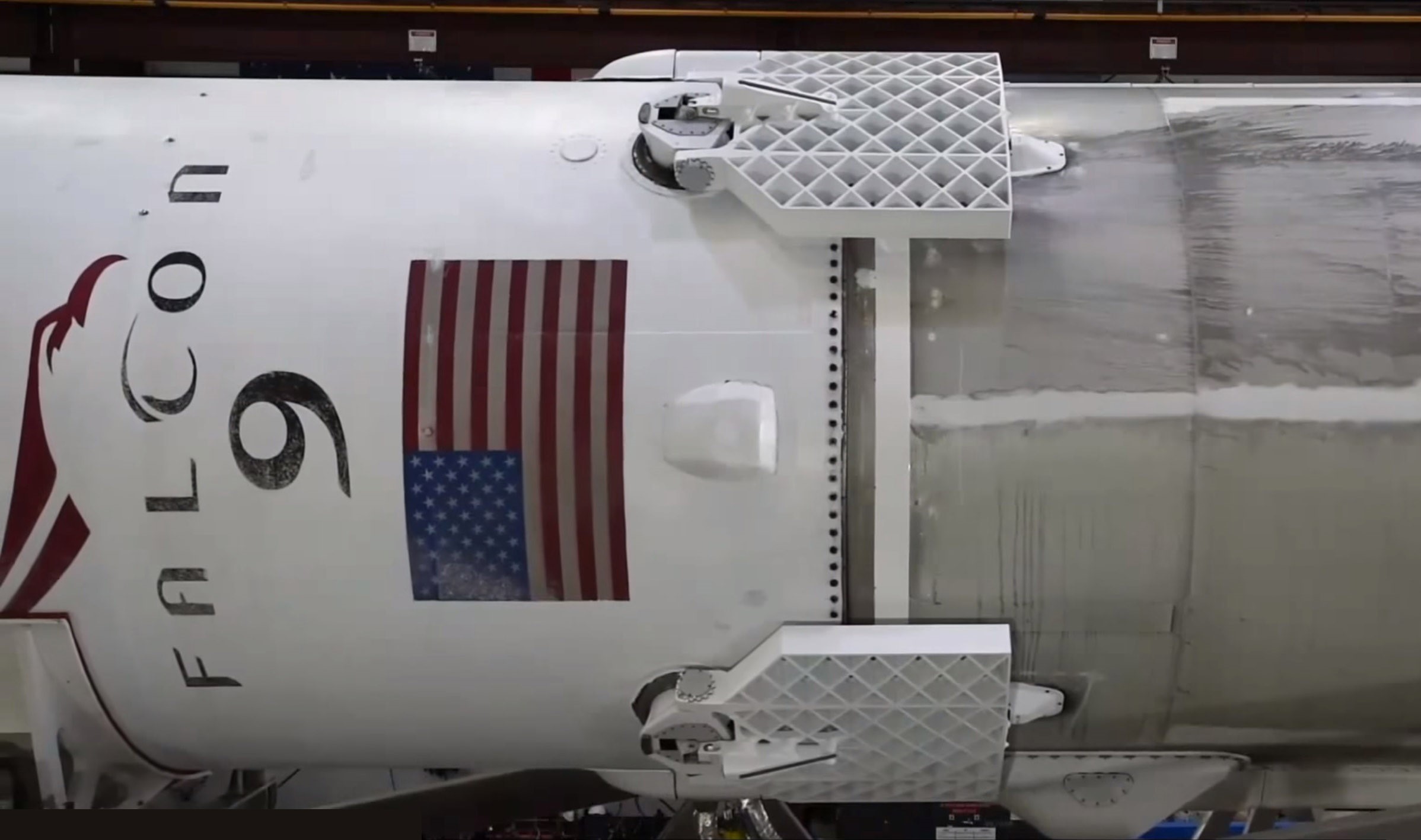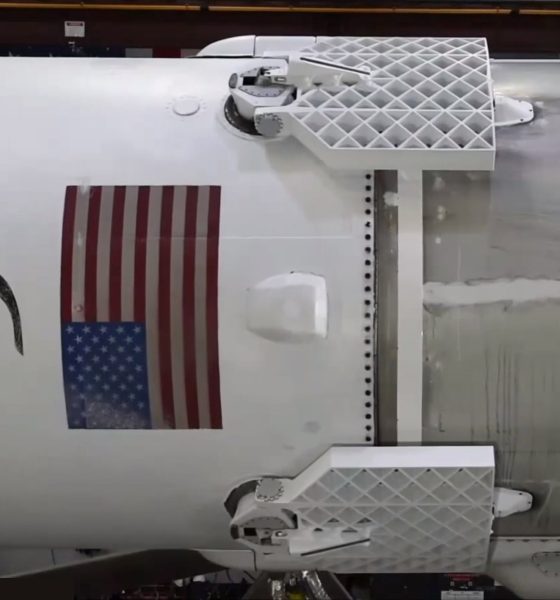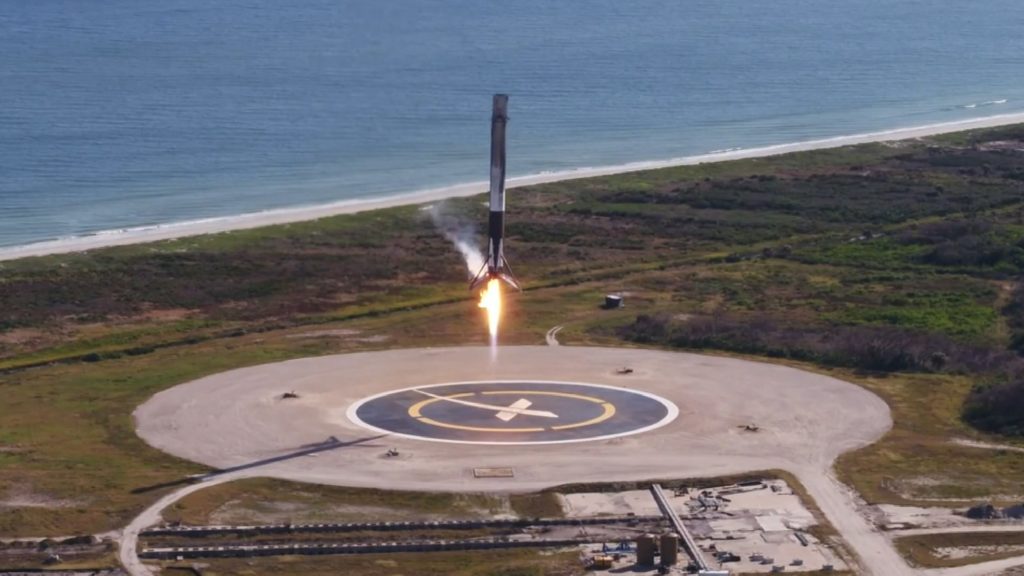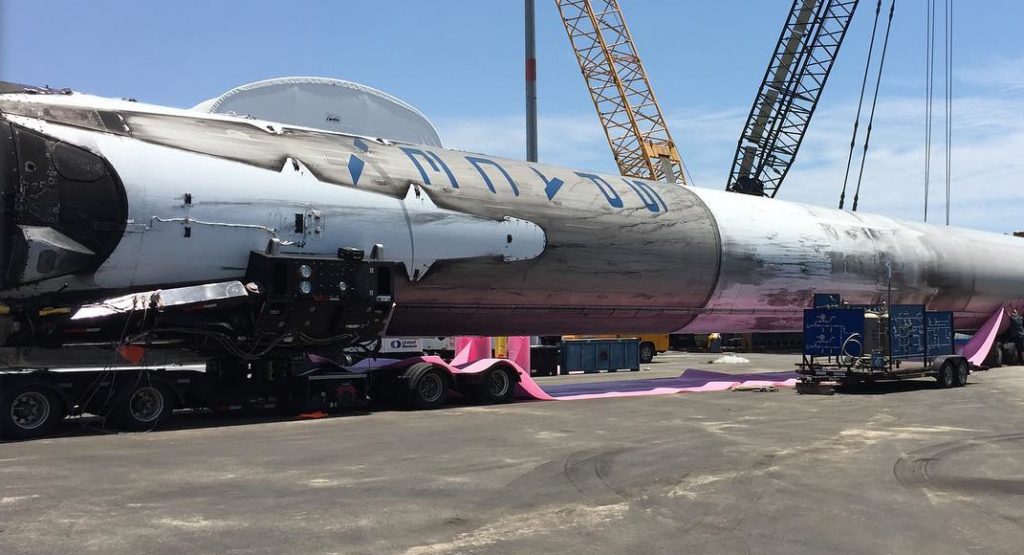

News
Hawthorne, we have a problem: SpaceX has too many boosters
Over the course of two years of concerted effort, SpaceX has matured its program of reusable rocketry into a truly staggering success. Over the 24 months since SpaceX first successful recovery of a Falcon 9 booster, there have been stumbles as recovery improved, but overall the company has accomplished 20 near-flawless landings of boosters over that period. Perhaps more impressively, following a handful of failed recovery attempts in 2016, SpaceX has successfully recovered 15 boosters without incident, with the vast majority of those attempts occurring in 2017.
2017 has ultimately been the best year yet for the launch company, marked by what will likely be 18 successful missions (after Iridium-4) for Falcon 9, five commercial reuses of flight-proven boosters, the activation of three essentially new launch facilities, and numerous additional accomplishments behind the scenes as the inaugural launches of Falcon Heavy and Crew Dragon rapidly approach. The success of reusability is arguably the sticking point here, and that success has meant that SpaceX rapidly accumulated a huge stock of recovered Falcon 9s, often to the extent that Elon Musk sometimes joked about running out of space for boosters.

Falcon 9 1035 conducts its second landing after successfully launching CRS-13 on December 15. (NASA)
While it may not be immediately clear if SpaceX is legitimately running out of space with which to store its fleet of boosters, reports of first stages being mothballed or even scrapped suggest that space may indeed be at a premium, or at least indicate that SpaceX is growing increasingly pragmatic as its reuse expertise expands.
This is to say that while there may be room to store a few additional boosters, the reality is that older Block 3 Falcon 9s were simply not designed with an expectation that they would affordably survive multiple reuses. As such, it should come as little surprise that SpaceX is choosing to expend at least a couple of upcoming launches featuring reused boosters. As of December 19, public information indicates that the West Coast launch of Iridium-4 – scheduled for Dec. 22 – will not attempt first stage recovery. While somewhat sad, the decision is entirely rational, and it appears all but certain that Iridium-4 will at a minimum feature an attempt at fairing recovery aboard the highly-modified recovery vessel Mr. Steven.

Instagram is an invaluable asset for core tracking, with a number of SpaceX-aware individuals reliably tagging their Falcon 9 finds. 1036, the Block 3 booster that launched Iridium-2 and will soon refly with Iridium-4 is pictured above. (Instagram/Luka Hargett)
Public Falcon 9 tracking efforts on forums like Reddit and NASASpaceflight indicate that Block 3 boosters include 1029-1038, all of which debuted with their first launches in 2017, beginning with Iridium-1 in January. Of those ten distinct boosters, only two currently lack any future missions, 1032 and 1038; SpaceX has essentially worked the Block 3 fleet to its end-of-life, and that end will be efficiently sped up by simply expending those final reused boosters if or when they are reflown, Iridium-4 included.
For now, we only use those on super hot reentry missions. Will go to all Ti with Falcon 9 V5, which is a few months away.
— Elon Musk (@elonmusk) December 17, 2017
Expending those older flight-proven boosters will allow SpaceX to both figuratively and literally replace Falcon 9’s less capable predecessors with Block 4s and eventually Block 5s, both of which are at least marginally more reusable than their predecessors. As reported by Musk himself a few days ago, Falcon 9 Block 5 is expected within a few months. Block 5 has seen considerable modifications made to Falcon 9, and all of those changes are intended to improve ease of reuse: SpaceX’s official goal for the upgrade is to enabled Falcon 9 first stages to be reflown as many as 10 times with little to no refurbishment and a lifespan of 100 flights with significant periodic refurbishment. As a result, it is possible that 2018 might feature a similar period of reused Block 4 launches sans any attempted recoveries.
In the meantime, we can wish the fairing recovery teams the best of luck and mourn several of the pioneers of reusable rocketry. Here’s to hoping that we are treated to a live view of each booster’s demise in homage to their achievements.

Elon Musk
Elon Musk and Tesla AI Director share insights after empty driver seat Robotaxi rides
The executives’ unoccupied tests hint at the rapid progress of Tesla’s unsupervised Robotaxi efforts.

Tesla CEO Elon Musk and AI Director Ashok Elluswamy celebrated Christmas Eve by sharing personal experiences with Robotaxi vehicles that had no safety monitor or occupant in the driver’s seat. Musk described the system’s “perfect driving” around Austin, while Elluswamy posted video from the back seat, calling it “an amazing experience.”
The executives’ unoccupied tests hint at the rapid progress of Tesla’s unsupervised Robotaxi efforts.
Elon and Ashok’s firsthand Robotaxi insights
Prior to Musk and the Tesla AI Director’s posts, sightings of unmanned Teslas navigating public roads were widely shared on social media. One such vehicle was spotted in Austin, Texas, which Elon Musk acknowleged by stating that “Testing is underway with no occupants in the car.”
Based on his Christmas Eve post, Musk seemed to have tested an unmanned Tesla himself. “A Tesla with no safety monitor in the car and me sitting in the passenger seat took me all around Austin on Sunday with perfect driving,” Musk wrote in his post.
Elluswamy responded with a 2-minute video showing himself in the rear of an unmanned Tesla. The video featured the vehicle’s empty front seats, as well as its smooth handling through real-world traffic. He captioned his video with the words, “It’s an amazing experience!”
Towards Unsupervised operations
During an xAI Hackathon earlier this month, Elon Musk mentioned that Tesla owed be removing Safety Monitors from its Robotaxis in Austin in just three weeks. “Unsupervised is pretty much solved at this point. So there will be Tesla Robotaxis operating in Austin with no one in them. Not even anyone in the passenger seat in about three weeks,” he said. Musk echoed similar estimates at the 2025 Annual Shareholder Meeting and the Q3 2025 earnings call.
Considering the insights that were posted Musk and Elluswamy, it does appear that Tesla is working hard towards operating its Robotaxis with no safety monitors. This is quite impressive considering that the service was launched just earlier this year.
Elon Musk
Starlink passes 9 million active customers just weeks after hitting 8 million
The milestone highlights the accelerating growth of Starlink, which has now been adding over 20,000 new users per day.

SpaceX’s Starlink satellite internet service has continued its rapid global expansion, surpassing 9 million active customers just weeks after crossing the 8 million mark.
The milestone highlights the accelerating growth of Starlink, which has now been adding over 20,000 new users per day.
9 million customers
In a post on X, SpaceX stated that Starlink now serves over 9 million active users across 155 countries, territories, and markets. The company reached 8 million customers in early November, meaning it added roughly 1 million subscribers in under seven weeks, or about 21,275 new users on average per day.
“Starlink is connecting more than 9M active customers with high-speed internet across 155 countries, territories, and many other markets,” Starlink wrote in a post on its official X account. SpaceX President Gwynne Shotwell also celebrated the milestone on X. “A huge thank you to all of our customers and congrats to the Starlink team for such an incredible product,” she wrote.
That growth rate reflects both rising demand for broadband in underserved regions and Starlink’s expanding satellite constellation, which now includes more than 9,000 low-Earth-orbit satellites designed to deliver high-speed, low-latency internet worldwide.
Starlink’s momentum
Starlink’s momentum has been building up. SpaceX reported 4.6 million Starlink customers in December 2024, followed by 7 million by August 2025, and 8 million customers in November. Independent data also suggests Starlink usage is rising sharply, with Cloudflare reporting that global web traffic from Starlink users more than doubled in 2025, as noted in an Insider report.
Starlink’s momentum is increasingly tied to SpaceX’s broader financial outlook. Elon Musk has said the satellite network is “by far” the company’s largest revenue driver, and reports suggest SpaceX may be positioning itself for an initial public offering as soon as next year, with valuations estimated as high as $1.5 trillion. Musk has also suggested in the past that Starlink could have its own IPO in the future.
News
NVIDIA Director of Robotics: Tesla FSD v14 is the first AI to pass the “Physical Turing Test”
After testing FSD v14, Fan stated that his experience with FSD felt magical at first, but it soon started to feel like a routine.

NVIDIA Director of Robotics Jim Fan has praised Tesla’s Full Self-Driving (Supervised) v14 as the first AI to pass what he described as a “Physical Turing Test.”
After testing FSD v14, Fan stated that his experience with FSD felt magical at first, but it soon started to feel like a routine. And just like smartphones today, removing it now would “actively hurt.”
Jim Fan’s hands-on FSD v14 impressions
Fan, a leading researcher in embodied AI who is currently solving Physical AI at NVIDIA and spearheading the company’s Project GR00T initiative, noted that he actually was late to the Tesla game. He was, however, one of the first to try out FSD v14.
“I was very late to own a Tesla but among the earliest to try out FSD v14. It’s perhaps the first time I experience an AI that passes the Physical Turing Test: after a long day at work, you press a button, lay back, and couldn’t tell if a neural net or a human drove you home,” Fan wrote in a post on X.
Fan added: “Despite knowing exactly how robot learning works, I still find it magical watching the steering wheel turn by itself. First it feels surreal, next it becomes routine. Then, like the smartphone, taking it away actively hurts. This is how humanity gets rewired and glued to god-like technologies.”
The Physical Turing Test
The original Turing Test was conceived by Alan Turing in 1950, and it was aimed at determining if a machine could exhibit behavior that is equivalent to or indistinguishable from a human. By focusing on text-based conversations, the original Turing Test set a high bar for natural language processing and machine learning.
This test has been passed by today’s large language models. However, the capability to converse in a humanlike manner is a completely different challenge from performing real-world problem-solving or physical interactions. Thus, Fan introduced the Physical Turing Test, which challenges AI systems to demonstrate intelligence through physical actions.
Based on Fan’s comments, Tesla has demonstrated these intelligent physical actions with FSD v14. Elon Musk agreed with the NVIDIA executive, stating in a post on X that with FSD v14, “you can sense the sentience maturing.” Musk also praised Tesla AI, calling it the best “real-world AI” today.








